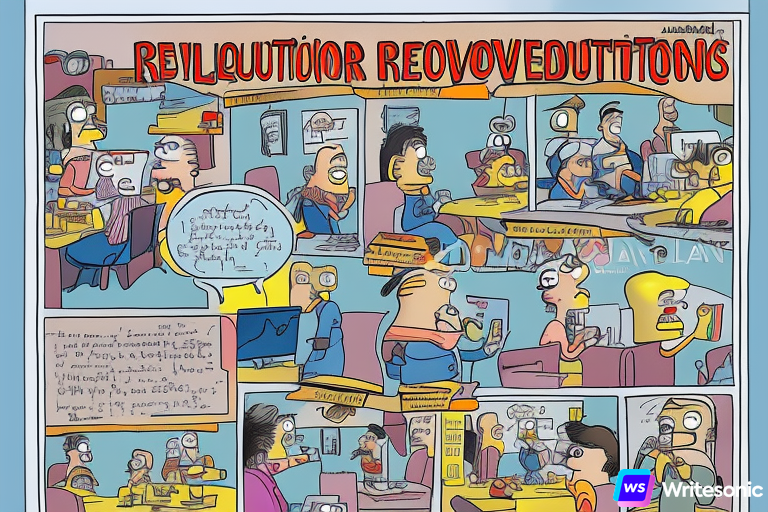Hybrid Flexible, Hy-Flex, Or Hybrid Streaming.
An instructional approach that combines face-to-face (F2F) and online learning. Each class session and learning activity is offered in-person, synchronously online, and asynchronously online. Students can decide how to participate.
This model’s flexibility demonstrates a commitment to student success, and that flexibility can also enable institutions to maintain educational and research activities during a disruption.
Faculty Considerations For Planning
The faculty will need to develop three types of learning experiences to foster active student engagement.
- Asynchronous–for students who are unable to attend class sessions.
- Synchronous–for students who are remotely attending the synchronous session.
- In-person—for students who are attending in-person.
In This Hybrid Flexible Model, Will Students Have Equitable Access To The Following Items?
- Learning objectives. Will students demonstrate mastery of the objectives equitably in the asynchronous, online streaming, and on-ground experience?
- Assessments. Will you need to modify the assessments for each of the various modalities? Are assessments still assessing the same learning objective skill?
- Instructional activities. Do all students have an opportunity to participate in similar learning activities? Do activities contain student-content, and student-student and student-Instructor interactions?
- Course content. Do students have equal access to course content at the same time?
Hy-Flex Course Planning Example
The goal of this model is to make both the online and in-person experiences equal. Class participation is necessary regardless of how the student attends. The online class experience should not be a passive observation of an in-person class video stream; rather, it should be an opportunity for students to interactively with the class. Asynchronous course work should involve the student, not only with content but also with peers and the Instructor. During the streaming session, the Instructor is expected to spend equal time between the in-person and online Zoom students, perhaps alternating group facilitation with the Teaching Assistant.
The Hy-Flex Course Model was created by Brian J. Beatty at San Francisco U in 2006.
Sources
Beatty, B. (2006, October) Designing the HyFlex World- Hybrid, Flexible Classes for All Students. Paper presented at the Association for Educational Communication and Technology International Conference, Dallas, TX.
Beatty, B. (2007a). Transitioning to an Online World: Using HyFlex Courses to Bridge the Gap. In C. Montgomerie & J. Seale (Eds.), Proceedings of ED-MEDIA 2007–World Conference on Educational Multimedia, Hypermedia & Telecommunications (pp. 2701-2706). Vancouver, Canada: Association for the Advancement of Computing in Education (AACE). Retrieved April 5, 2019 from https://edtechbooks.org/-ohe.
Beatty, B. (2007b, October). Hybrid Classes with Flexible Participation Options – If you build it, how will they come? Proceedings of the Association for Educational Communication and Technology International Conference, Anaheim, CA.
Beatty, B., Littlefield, C., Miller, J., Rhoads, D., Shaffer, D., Shurance, M. and Beers, M. (2016, April) Hybrid Flexible Course and Program Design: Models for Student-Directed Hybrids. Paper and panel session presented at the OLC Innovate 2016 Conference, New Orleans, LA.


